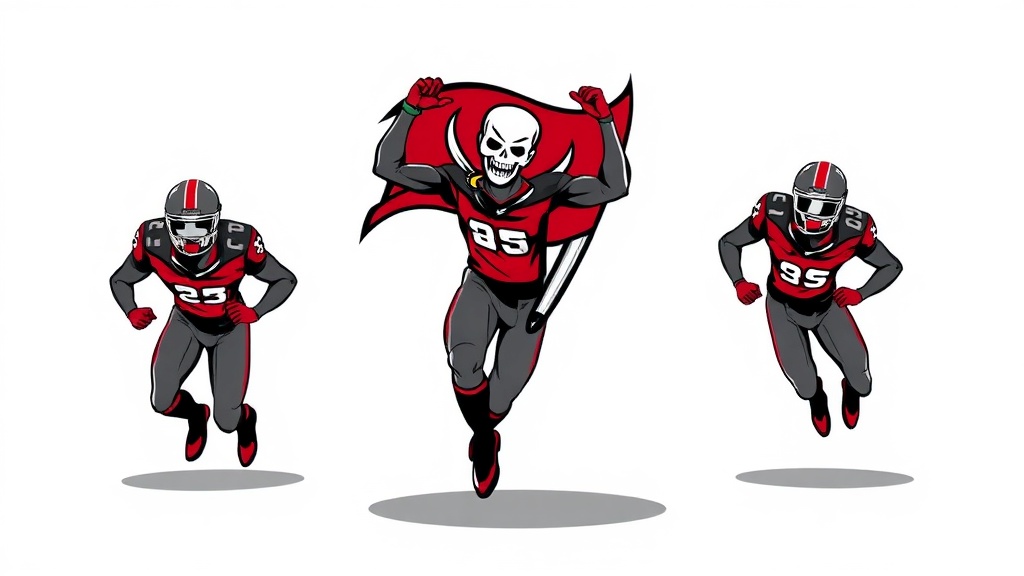Tampa Bay Buccaneers: Identity, Strategy, and What Fans Should Watch
The Tampa Bay Buccaneers occupy a unique spot in the NFL landscape — a franchise that blends flash and grit, high-profile moments and steady rebuilds. For fans and casual observers alike, the Bucs represent a case study in how a team evolves: leveraging star power, investing in coaching and scouting, and keeping an intense, loyal fanbase at the heart of every move.
Team identity and on-field style
The Buccaneers are known for a physical approach on both sides of the ball. Historically, their defense has emphasized pressure and matchup versatility, while the offense blends vertical threats with power running and scheme adaptability. Recent organizational decisions show a continuing trend toward building a balanced roster: acquiring playmakers who can create explosive plays, while prioritizing depth along the offensive line and in the defensive front seven.
Roster construction and long-term strategy
Tampa Bay’s roster philosophy mixes veteran leadership with developmental investments.
Front-office moves increasingly favor drafting and developing talent, supplemented by selective free-agent signings that address immediate needs without compromising salary-cap flexibility. Player development programs and coaching continuity play a big role — when young players are given consistent schemes and clear roles, they tend to accelerate their impact.
Quarterback play and offensive evolution
Quarterback stability is always a priority.
Whether the Bucs lean on an experienced starter, groom an in-house prospect, or pursue external options, the common goal is to create an offense that can adapt week-to-week. That means emphasizing quick decision-making, maximizing receiving matchups, and scheming to exploit individual strengths rather than forcing a single identity. Offensive coaching that values creativity and tempo can unlock a roster’s potential even without a superstar signal-caller.
Defense and physicality
A championship-caliber defense relies on chaos creation — turnovers, pressure, and limiting explosive plays. Tampa Bay’s defensive approach focuses on versatility: defenders who can shift across fronts, rush from multiple positions, and cover athletic tight ends and slot receivers. Investing in pass-rush depth and hybrid defenders remains a priority for sustained success.
Fan experience and game-day culture
Raymond James Stadium (with its iconic pirate ship) continues to be a central part of the Buccaneers’ brand. Game day is a sensory experience — loud crowds, tailgate traditions, and modern stadium amenities combine to make Buccaneers games a destination event.
The organization’s community initiatives and local partnerships also strengthen ties to the region, turning casual spectators into lifelong supporters.

Rivalries and regional relevance
Intense divisional matchups and regional rivalries keep every season compelling. Those games test roster depth and coaching adaptability, and success within the division often determines postseason opportunities. For Tampa Bay, mastering those rivalries means being ready for high-stakes, emotionally charged contests.
Keys to watch going forward
– Roster balance: maintaining depth while continuing to develop draft assets.
– Quarterback continuity: establishing a reliable leader under center drives offensive consistency.
– Defensive playmaking: creating turnovers and generating pressure will swing close games.
– Coaching stability: clear schemes and consistent messaging accelerate player growth.
– Fan engagement: leveraging the unique stadium atmosphere to create a true home-field advantage.
For fans tracking the Buccaneers, the story is about progress. Watch how the team balances bold moves with steady cultivation of young talent. That blend will determine whether Tampa Bay becomes a perennial contender or continues its cyclical rebuilds — and make following the team as compelling as ever.